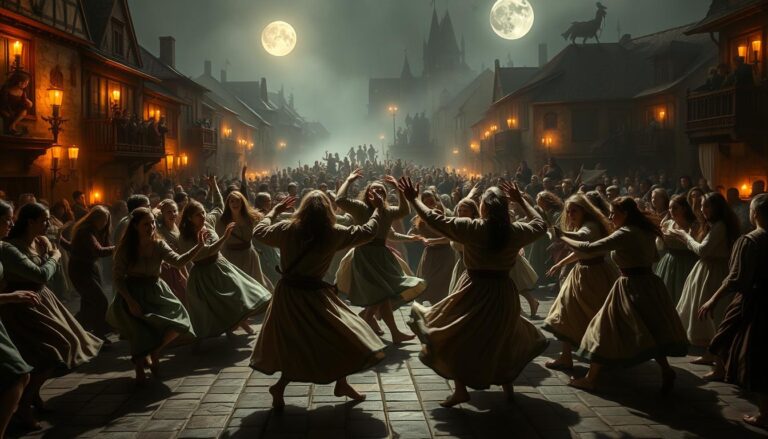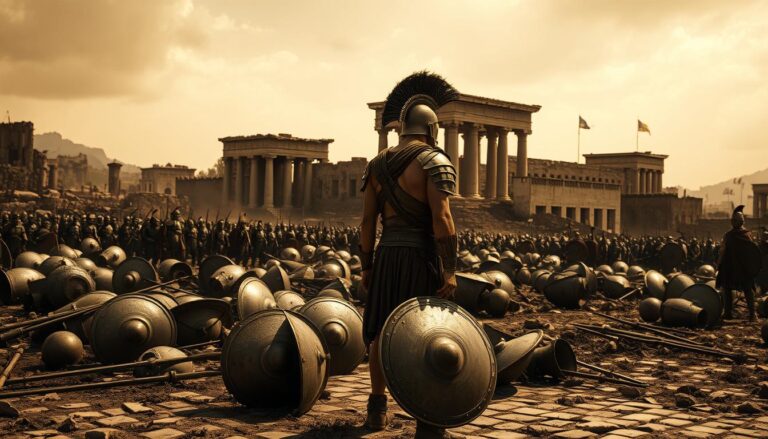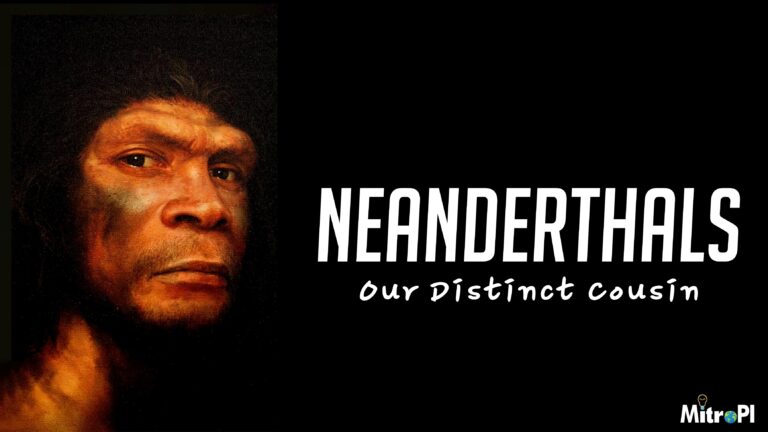Pompeii was a vibrant Roman city located near modern-day Naples, Italy. At its peak, it thrived as a bustling hub of trade and culture within the vast expanse of the Roman Empire, reflecting the sophistication of Roman civilization. Daily life in Pompeii was characterized by lively markets, impressive public buildings, and engaging social activities. Local trade flourished, with goods flowing in from various regions, contributing to a rich cultural tapestry that included art, food, and religious practices.
The fateful day of August 24, 79 AD, stands as a chilling reminder of nature’s power. Mount Vesuvius erupted dramatically, spewing ash and pumice high into the sky and blanketing Pompeii and surrounding towns in a thick layer of volcanic material within hours. The immediate effects were catastrophic. Buildings collapsed, the air became toxic, and chaos ensued as residents tried to flee. Eyewitness accounts, particularly those from Pliny the Younger, provide a haunting glimpse into the unfolding tragedy and have helped historians piece together the events of that day.
Centuries after its burial, Pompeii was rediscovered in the 18th century. Early excavations revealed a city frozen in time, sparking curiosity and fascination. The methods of archaeology developed over the years allowed for more careful and accurate digging, leading to a wealth of discoveries. This rediscovery has reshaped our understanding of Roman life, providing incredible insights into their customs, daily routines, and architectural marvels.
Life in Pompeii Before the Eruption
Pompeii was meticulously planned, showcasing the brilliance of Roman urban design. The city’s layout featured a grid of streets with major structures such as the Forum, amphitheater, and temples strategically placed to serve the public. Significant innovations, like the use of concrete and advanced engineering techniques, led to the construction of grand buildings, homes, and public spaces that fostered community engagement.
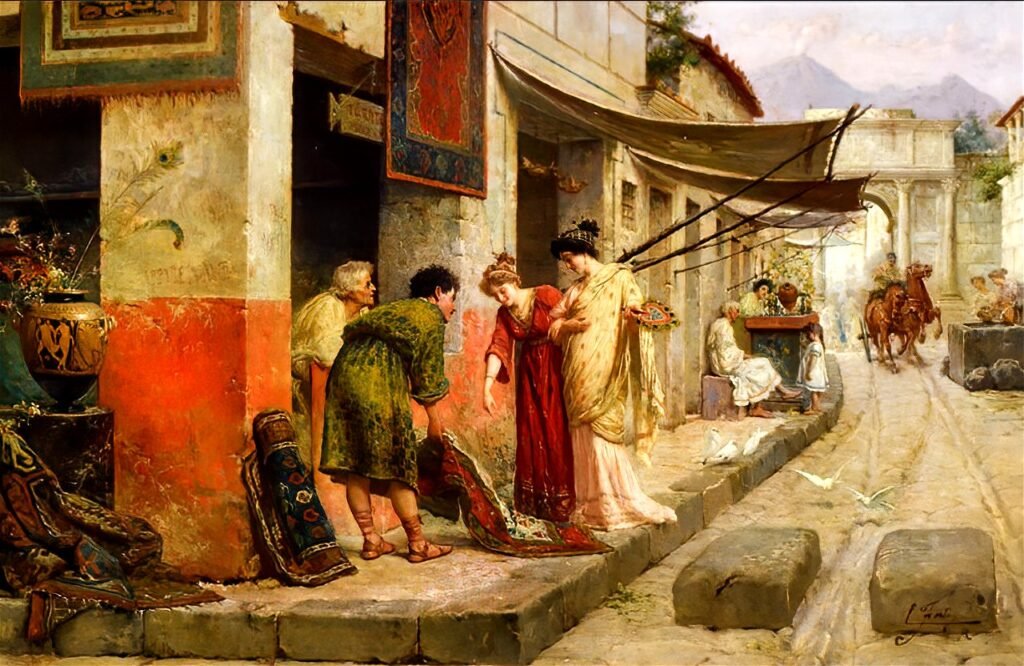
Life in Pompeii was marked by a distinct social hierarchy. Wealthy patricians dominated, living in elaborate villas, while the lower class, including workers and slaves, had more modest accommodations. Gender roles also played an important part, with men often engaged in business and politics, leaving women mainly responsible for domestic duties. Slaves and freedmen formed a critical part of the workforce, contributing to both the economy and the fabric of society.
Daily life was bustling with a myriad of activities. Common trades included pottery making, blacksmithing, and farming, which supported the local economy. Public baths were not just places for hygiene but also social hubs where residents gathered to relax and socialize. Then, of course, there were the delicious local foods! The rich culinary landscape featured fresh fruits, seafood, and ubiquitous meals shared in lively taverns.
The Immediate Aftermath of the Eruption
The eruption led to thick layers of volcanic ash and pumice covering Pompeii, with deposits measuring several feet deep in some areas. This dramatic change was not just destructive; it also provided a unique form of preservation. The ashen layers protected buildings and artifacts from the elements, allowing us to glimpse the past in ways that few other ancient sites offer.
The toll on human life was unimaginable. Estimates suggest that thousands perished as they were unable to escape. Tragic stories etched into the remains tell of families who sought refuge only to be overcome by the ash. The haunting casts of victims preserved in the ash highlight their last moments, inviting us to confront the real human impact of nature’s fury.
Pliny the Younger was one of the few written witnesses of the disaster, observing the eruption from a distance. His letters offer a poignant and detailed description of the event and its aftereffects. They reveal a blend of curiosity and horror, embodying Roman perspectives on disaster in an era when interpreting natural phenomena was often mingled with superstition and the divine.
Archaeological Discoveries
Excavation efforts have primarily centered on key areas of Pompeii, including the Forum, the House of the Faun, and the amphitheater. Each site has unveiled significant historical treasures, from everyday household items to magnificent frescoes. The process of excavation is intricate, with archaeologists facing challenges of preservation while uncovering the city’s mysteries.
The walls of Pompeii tell stories through murals and mosaics depicting daily life, mythology, and nature. These artworks not only reflect the aesthetic sensibilities of the time but also provide insight into the beliefs and aspirations of its residents. Additionally, ordinary tools and household goods offer a glimpse into the daily routines and practices that shaped life in Pompeii.
Archaeology in Pompeii has embraced modern technology to enhance its effectiveness and reach. Techniques such as remote sensing, 3D scanning, and digital reconstruction have revolutionized how we study and preserve this ancient site. However, these advances also raise ethical questions about how we manage and present Pompeii’s unique heritage to the public.
The Legacy of Pompeii
The tragic allure of Pompeii has inspired countless artists, writers, and filmmakers throughout history. The destruction and its aftermath spark the imagination, prompting diverse representations in art and literature. These works not only tell the story of Pompeii but also remind us of the enduring themes of loss, resilience, and the fragility of life.
Today, Pompeii draws millions of visitors from around the world, contributing significantly to the local economy. However, this popularity does not come without its setbacks; concerns about commercialism and preservation often spark debate. Educational programs aimed at raising awareness about Pompeii’s history and importance are crucial for fostering respect for this cultural site.
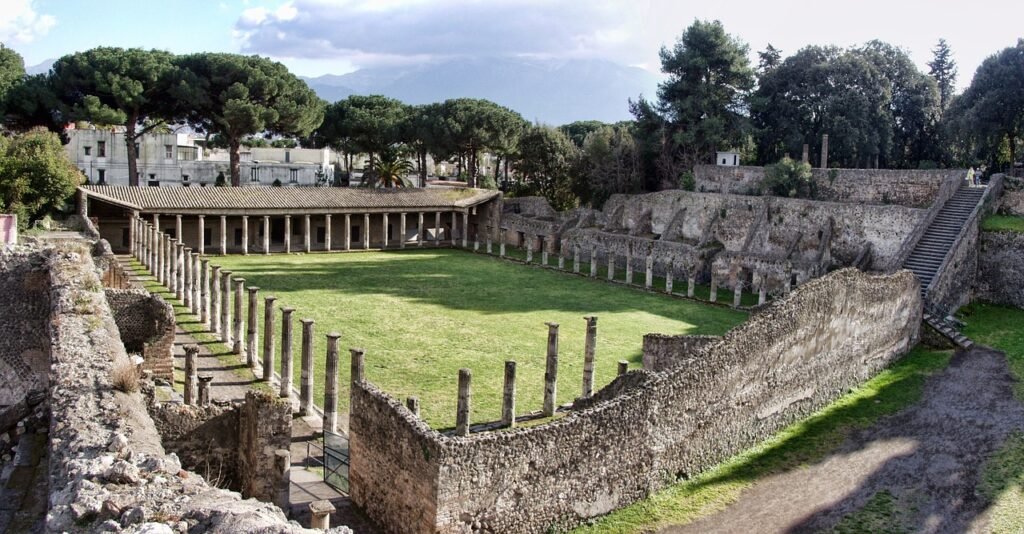
Preserving Pompeii is a daunting task, as time and weather continue to take their toll. Several organizations, both local and international, work tirelessly to restore and protect the site. Global cooperation plays a critical role in ensuring that Pompeii remains a treasure for future generations to explore and learn from.
Conclusion
Pompeii stands as a testament to the intertwining of tragedy and history. Its unique preservation offers invaluable insights into ancient daily life, architectural innovation, and the human spirit’s resilience. Understanding Pompeii serves as both a reminder of the past and a lesson for the future.
Remembering Pompeii fosters a deeper understanding of our collective history and the sometimes harsh lessons it imparts. It emphasizes the importance of preserving cultural heritage and encourages curiosity in the field of archaeology. By reflecting on events like the eruption of Mount Vesuvius, we cultivate a richer historical consciousness, driving us to safeguard such invaluable stories for generations to come.
FAQs
A. What caused the eruption of Mount Vesuvius?
The eruption of Mount Vesuvius was caused by the build-up of pressure from magma within the Earth. When this pressure became too great, it resulted in a catastrophic explosion that released vast amounts of ash and gas into the atmosphere.
B. How were the remains of Pompeii preserved?
The remains of Pompeii were preserved by the thick layers of ash and pumice that covered the city after the eruption. This unique situation helped protect buildings, artifacts, and even organic materials from decay.
C. Can tourists visit Pompeii today, and what should they expect?
Yes, tourists can visit Pompeii today! They can expect to explore the ruins, see well-preserved structures, and learn about life in the ancient city through guided tours and informational displays. It offers an immersive experience into history, with a profound sense of what life was like before the tragedy struck.

